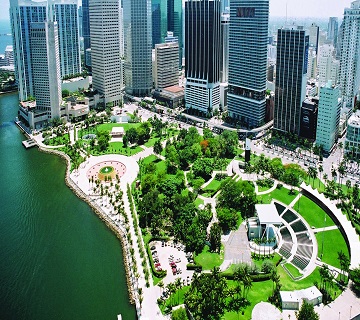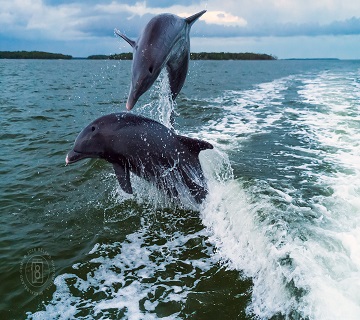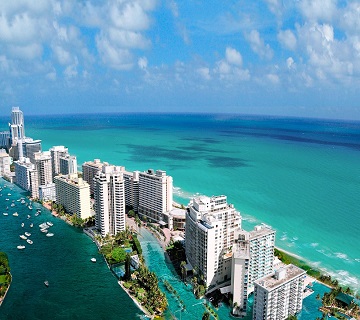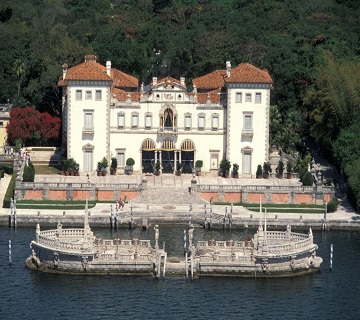Venue & Hospitality
City Highlights
About City
Miami is an international city at Florida's southeaster tip. Its Cuban influence is reflected in the cafes and cigar shops that line Calle Ocho in Little Havana. On barrier islands across the turquoise waters of Biscayne Bay is Miami Beach, home to South Beach. This glamorous neighbourhood is famed for its colourful art deco buildings, white sand, surfside hotels and trendsetting nightclubs. Miami is one of the states – and the worlds – most popular vacation spots. Though destinations often are said to offer something for everyone, the Miami area does indeed offer multiple enticements for everyone.
Transport in Miami:
Highways
Miami can be accessed by highways running both north-south (I-95, the Palmetto Expressway, the Florida Turnpike) and east-west (the Airport Expressway, the Dolphin Expressway, and the Tamiami Trail). Also running east-west are the Miami Beach, Bal Harbor, Sunny Isles, and William Lehman Causeways.
Bus and Railroad Service
Greyhound and Trailways provide service to Miami from points across the United States. Amtrak offers trains with sleeping berths and restaurant cars.
Airports
Miami International Airport is second nationally in the number of international passengers transported every year. Over 85 scheduled carriers offer flights to and from the city. In 1997 the airport served 34 million passengers, 19 million domestic and 15.5 international. About 70 percent of all passengers arriving in the United States from Central and South America come through Miami's airport.
Economy Condition:
Miami has a highly diversified economy with over 170 multinational companies headquartered in the city and its environs. Top economic sectors include tourism, services, trade, manufacturing, real estate, and construction. Major employers include the Miami-Dade County school district, county, federal, and state governments, University of Miami/Jackson Memorial Medical Center, and Bell South.
Environmental Situation:
Miami, located only two degrees above the Tropic of Cancer, is a subtropical city located on flatlands that were once home to pine and palmetto trees. Its coastal area consists of sandy beaches, and even the region's interior is only thinly wooded. Lake Okeechobee, 145 kilometers (90 miles) north of the city, is linked to Miami by manmade canals. During the wet season, Greater Miami must contend with problems caused by tropical storms and hurricanes. Among the worst is sanitary sewer overflow, exacerbated by the city's low terrain: its highest elevation is only 12 meters (40 feet) above sea level, and the groundwater table is only one to two meters (three to six feet) below the earth's surface. When it rains, water is sucked through the sandy earth and further still into the cracks of some of the sanitary sewer pipes crisscrossing beneath Metropolitan Dade County. When unexpected water makes its way into these pipes, the system becomes overloaded.
Notable Members In The Field Of Medicine:
James P. Allison (Nobel laureates)
William C. Campbell (Nobel laureates)
Jeffrey C. Hall (Nobel laureates)
Randy W. Schekman (Nobel laureates)
Thomas C. Südhof (Nobel laureates)
Tourist Attracts:
- The trendy nightlife of South Beach, bejewelled by the eye candy of the Art Deco district
- The bustle of Calle Ocho and the highly caffeinated energy of Little Havana
- The plush hotels of Miami Beach and the historic hideaways of Coral Gables
- Seemingly endless shopping opportunities in modern, sprawling malls and the quiet, personal attention offered by the family-owned shops of Coconut Grove and many other corners of the region
- The lures of deep-sea fishing and golf and tennis
- Miami's major league football, basketball, hockey and baseball
- Boat shows and auto racing
- Art festivals and outdoor food and wine extravaganzas
- An international airport and the world’s busiest cruise port
Universities and Research Centres:
- The Center for Civic and Community Engagement
- Center for Computational Science
- Institute for Advanced Study of the Americas
- The Institute for Cuban and Cuban-American Studies (ICCAS)
- The Launch Pad
- Leonard and Jayne Abess Center for Ecosystem Science and Policy
- LGBTQ Student Center
- The Miami European Union Center
- The Sue and Leonard Miller Center for Contemporary Judaic Studies
- Toppel Career Center
- University of Miami Hillel
Venue
Miami, USA





